39 what kind of grout for backsplash
Sanded vs. Unsanded Grout for Backsplash Tile - MSI Surfaces Unsanded grout is recommended for grout lines that are ? inch or smaller, which is typical of most backsplash tile installations. It is also recommended for glass tiles, metal tiles, and polished stone, because sanded grout can scratch them during installation and cleanup. It's easier to work with, and adheres better to vertical surfaces. Choosing the Right Grout and Mortar - Lowe's Use only unsanded grout with glass, polished marble or metal tile to avoid scratching the tile. Acrylic Grout: Acrylic grout is a great option for wet areas like decks and showers. It's intended to be mildew-resistant and retains its color well. Epoxy Grout: Epoxy grout is less do-it-yourself-friendly than other types. It's a common choice for countertops due to its hardness.
Tile Lines Moved Permanently. The document has moved here.
What kind of grout for backsplash
The Best Grout Sealer Options of 2022 - Bob Vila Non-penetrating grout sealers will protect kitchen floors and backsplashes from moderate water exposure, dirt, and grease. (Areas that are exposed to a lot of water— bathrooms, tubs, and showers... Grout Paint: The Backsplash Remedy You Never Knew You Needed So a do-it-yourself grout paint job can be as low as $0.04 to $0.30 per square foot! Professional grout cleaning alone costs $0.75 to $1.25, while cleaning and sealing run $1.50 to $2.50. You'd ... What kind of grout do I use for backsplash? - askinglot.com Furthermore, how much grout do I need for backsplash? A 25-pound bag of dry grouting compound, when mixed with water, usually is sufficient to grout around 200 square feet of typical 4 1/4-inch square ceramic tile that is 1/4 inch thick, with 1/8-inch grout lines. A 200-square-foot area is equivalent to a wall about 8 feet high by 25 feet wide.
What kind of grout for backsplash. Which Grout Is Best for My Tile? | Daltile Epoxy Grout Pros: Epoxy Grout Cons: Low porosity so mildew, mold, or bacteria cannot get beneath the surface. Sealer can compromise safety and effectiveness of epoxy grout and should not be used. Resistant to stains, abrasions, breakage. Epoxy must be mixed and used appropriately or it will not offer benefits like easy cleanability and strength How To Pick The Perfect Backsplash Grout Color The client below chose a brown backsplash grout color to go with the beige tones in the honed Durango and the mural artwork! For centerpieces and murals that use a white stone, like honed Carrara or Thassos, we suggest using a white or grey grout color. FAQ: What Color Grout For Glass Tile Backsplash? What kind of grout is best for backsplash? Unsanded grout is most often used on vertical surfaces, such as a kitchen backsplash. Since wall tile installations with narrow grout lines are less prone to cracking, the extra durability of sanded grout won't matter. What color grout looks good with beige tile? Select off-white or gray grout to unify the design without making it more dramatic. Grout 101: How To Choose The Right Product For Your Kitchen Backsplash Let's look at the differences and explain which is best for kitchen backsplashes. Unsanded cement grout is simply cement, powder pigments, and water. Sanded cement grout is the same mixture, but with the addition of sand. Sand is added to grout to give it a thicker density and prevent shrinking in the joints.
How to Choose the Right Grout Colors for Your Backsplash While white grout is somewhat traditional, you can experiment with blue grout to see whether or not it adds the "oomph" you're looking for to your newest renovation. For example, if your backsplash is marbled white and grey, you already have two colors that you can use elsewhere in the room. You can also experiment with lighter greens and sandy browns, as both colors amplify the blue you were initially attracted to. How To Choose Grout for Ceramic Tile - Learning Center There are four basic types of grout: unsanded, fine sanded, quarry type, and epoxy. Unsanded grout : This is used for wall tiles where the grout joint is less than 1/8" wide. Finely sanded grout: This is used for floor tiles where the joints are 1/8" to 3/8" wide. Quarry-type grout; Epoxy grout: This consists of an epoxy resin and hardener. Epoxy grout for ceramic til𝚎 is highly resistant to stains and chemicals and has a tremendous bonding strength. How to Caulk Countertop Backsplash: A Complete Guide Begin by pressing the tube tip into the joint holding the caulking tool at an angle. Make sure to keep a steady pace to ensure the caulk is evenly distributed. 7. Smooth the Caulk. Wipe the caulking with your damp fingertip across the wall joint to smooth the edges and push the caulk further into the joint. 8. Tile Grout: What Kind do I Need for my Project? | DIYTileGuy Common uses for this grout include ceramic wall tiles like subway tiles and also natural stone, such as marble, that is usually set with a tight joint. The rule of thumb is if your grout joint is 1/8 inch or smaller then you want to use a non-sanded grout. Personally, I think 1/8″ is too big and would limit it to 3/32″.
How to Grout a Tile Backsplash Like a Pro - Mr. Handyman You will need to choose between the following types of grout: Unsanded: Featuring a smoother texture with fine sand powders, this is a good choice if you do not desire a gritty look... Finely sanded: This grout option is ideal for tiles with medium-sized joints (between 1/8-inch to 3/8-inch wide). ... Choosing Grout for Subway Tile | Daltile The darker the grey you select, the more contrast you will get and the more the subway grout line will become the attention grabber rather than the tile. High contrast is a design choice that you have to be prepared for. It looks great, but it does have a strong presence and will be the center of attention. Surround dark grey grout or bright ... What Grout Color Should I Choose for a Metal Tile Backsplash Install? Selecting a grout color is a personal choice, and as much a design decision as selecting the tile itself. It really depends on the final look you are trying to achieve with your tile design. This article is about helping you make that decision, so you can find the right grout color for the type of tile and wall design you are trying to achieve. Featured Accent Kitchen Backsplash Tile: EMT_115 ... What kind of grout should be used for kitchen backsplash? Furthermore, how much grout do I need for backsplash? A 25-pound bag of dry grouting compound, when mixed with water, usually is sufficient to grout around 200 square feet of typical 4 1/4-inch square ceramic tile that is 1/4 inch thick, with 1/8-inch grout lines. A 200-square-foot area is equivalent to a wall about 8 feet high by 25 feet wide.
Sanded vs. Unsanded Tile Grout: Basics, Pros & Cons Unsanded grout is best for grout lines as wide as 1/8-inch and down to 1/16-inch. The reason unsanded grout is used in this application is that sanded grout will not properly compact into thinner grout lines. Unsanded grout used in lines 1/8-inch or more will slump, crack, and otherwise not provide proper fill. Tile Surface Recommendations
What Type Of Caulk To Use For Backsplash | Ultimate Guide Once again, silicone saves the day as the best caulk for kitchen sink backsplash with quartz construction. Experts suggest Loctite 100% Silicone for the task. It ensures proper sealant that eliminates mold growth due to the Mildewcide property. 3. Tiles Using tiles is the most common method of backsplashes.
Choose the Best Grout | Family Handyman Standard cement grout Like concrete or mortar, these grouts begin as a powdery mix that contains Portland cement. Then, when mixed with water, they gradually harden. While some of these products are superior to others, none of them is a bad choice. But you can find much better options that cost just a few bucks more.
The Best Grout Color For Marble | Carrara Tile & More Unsanded is grittier and typically used for larger grout lines. Smaller lines, like a backsplash, usually use unsanded. The difference is the texture. Unsanded grout is much smoother. Sanded grout has a sandy texture. The light catches all those little specs which makes unsanded look a tiny bit darker.
What Kind of Grout Should I Use Outside? - Tile Doctor Since the outside is subject to the elements of Mother Nature, it's important to use the right kind of grout outside. Click to read more.
Readers ask: What Kind Of Grout For Glass Tile Backsplash? It's important to use a nonsanded grout with glass tiles, as sanded grouts can potentially scratch the glass surface. This grout should only be used with grout lines between 1/16″ - 1/8″ (1.5 mm - 3 mm). If you are considering larger than 1/8″ grout lines with your subway tiles consider using a sanded grout.
What kind of grout do I use for backsplash? - askinglot.com Furthermore, how much grout do I need for backsplash? A 25-pound bag of dry grouting compound, when mixed with water, usually is sufficient to grout around 200 square feet of typical 4 1/4-inch square ceramic tile that is 1/4 inch thick, with 1/8-inch grout lines. A 200-square-foot area is equivalent to a wall about 8 feet high by 25 feet wide.
Grout Paint: The Backsplash Remedy You Never Knew You Needed So a do-it-yourself grout paint job can be as low as $0.04 to $0.30 per square foot! Professional grout cleaning alone costs $0.75 to $1.25, while cleaning and sealing run $1.50 to $2.50. You'd ...
The Best Grout Sealer Options of 2022 - Bob Vila Non-penetrating grout sealers will protect kitchen floors and backsplashes from moderate water exposure, dirt, and grease. (Areas that are exposed to a lot of water— bathrooms, tubs, and showers...





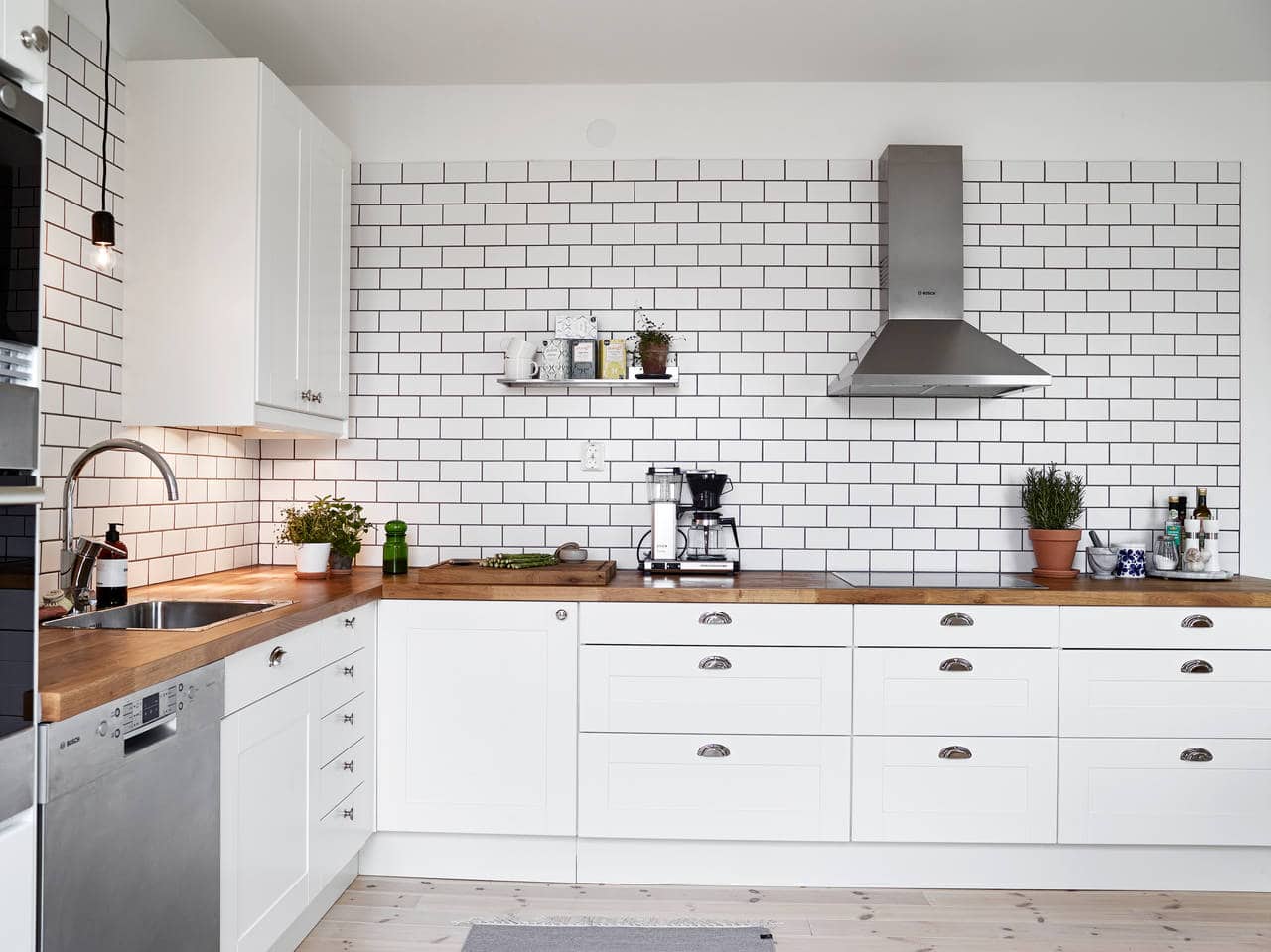
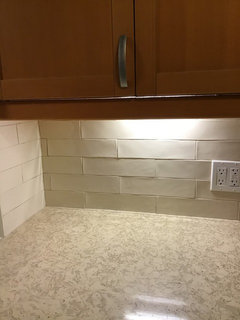
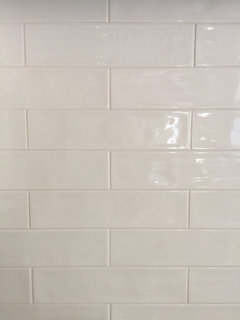

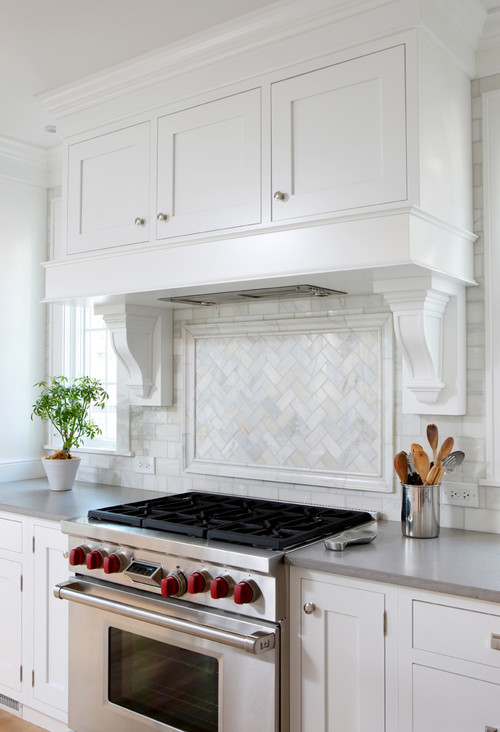
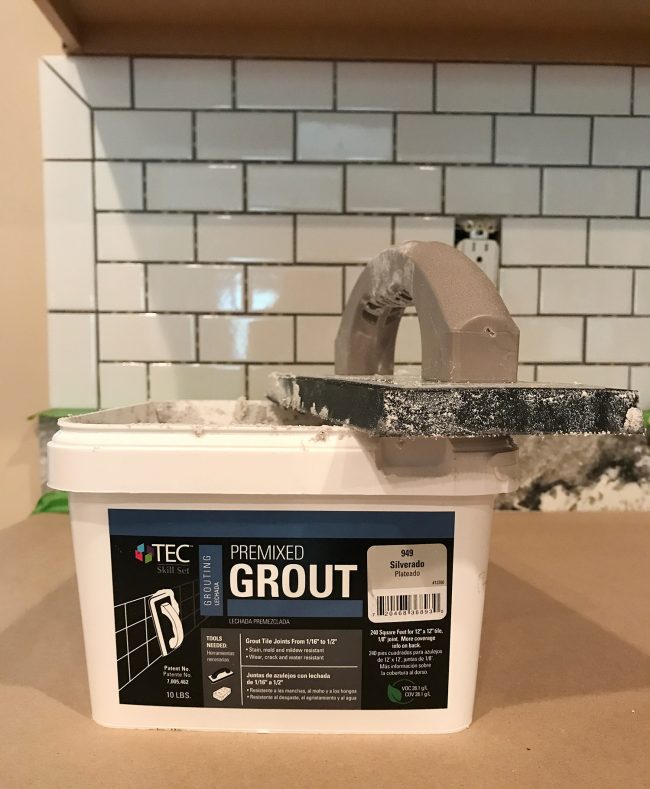
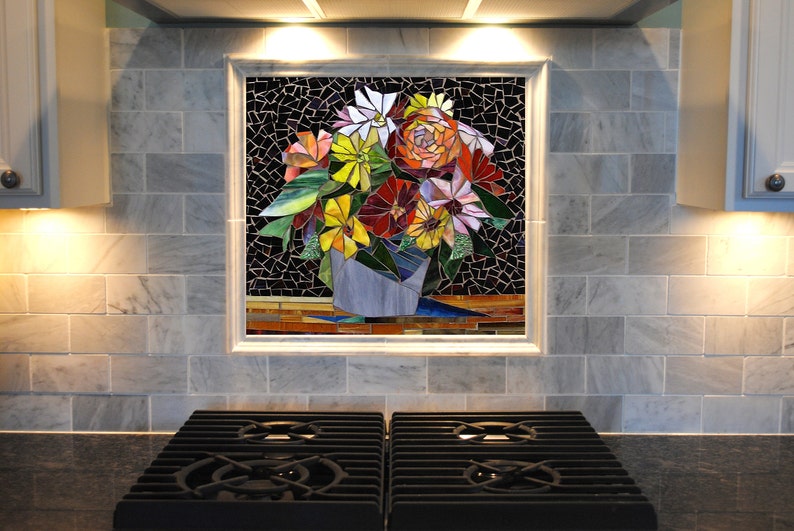
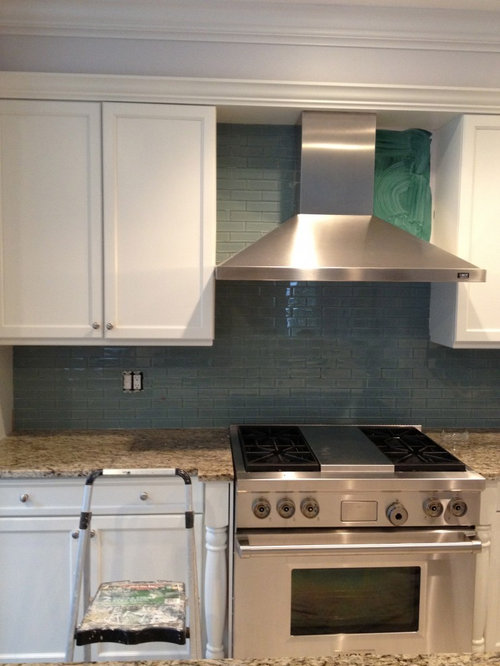
0 Response to "39 what kind of grout for backsplash"
Post a Comment